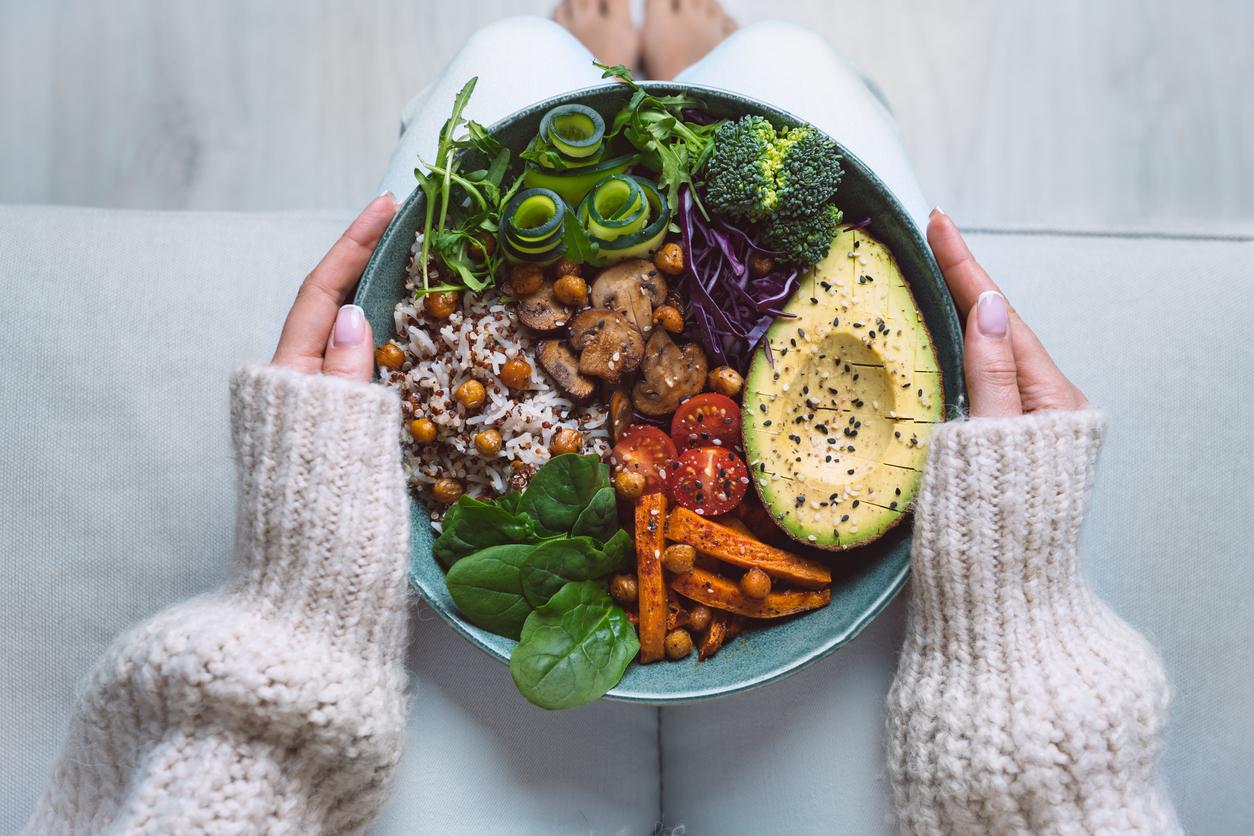It is estimated that in France, food waste represents around 10 million tonnes of products per year. This waste is a source of unnecessary withdrawal of natural resources, and an increase in greenhouse gas emissions. What are we doing to limit food waste?
Food waste is throw away food that is still edible. It can intervene at each stage of the life of a food product, from production to distribution, storage or consumption.
This waste of fresh and industrial food is unacceptable given the increase in food insecurity and the need to achieve carbon neutrality. Indeed, it is estimated that worldwide, 14% of the food produced is lost between harvest and marketing, and that 17% of global food production total is wasted.
so here’s 7 ideas and tips to help you limit food waste…
Well-organized cupboards and fridge
Perishable foods should be stored in the refrigerator to prevent the spread of germs and to ensure that they can be stored for as long as possible.
The fridge has different temperature zones, probably described in the fridge’s user manual. Some varieties of fruits and vegetables (oranges, potatoes, etc.) keep longer if not stored in the fridge.
Food lasts longer when the fridge and cupboards are clean and organized so always keep them neat, tidy and crumb-free. And do not store other food scraps for prevent the spread of parasites on other foods.
Store your pasta, packets of rice, cereals, honey and sugar dry and at room temperature preferably in airtight containers.
Plan your purchases to avoid excesses
Plan your meals, check what food you still have left and buy only what you really need.
Buying local products allows you to better know the seasonal products, but above all to avoid long transport journeys, where agricultural products tend to deteriorate. This saves energy and does something positive for the environment.
Pay attention to the cold chain
Many foods keep longer in the cold
- When shopping, make sure that fresh and frozen foods are not not exposed to ambient temperature longer than absolutely necessary.
- On the way home, carry your food in a cool bag. This way they stay cool.
- At home, correct sorting in the refrigerator allows you to keep food longer. Store foods with a nearer expiry date, in a clearly visible way, at the front and consume them as a priority.
And the dates of consumption
To limit food waste, it is important tointerpret expiration indications properly. There are two main types of best before date markings:
- ” best before… “ : after expiration of the use-by date, food can represent a health hazard. If this type of date has expired, the product in question is considered inedible and should no longer be frozen. Examples of such products are fresh meat or fish.
- ” best before… “ : this type of date of consumption is an indication of the manufacturer which means that the product will not lose in quality nor in taste until the date mentioned. Foods with this type of indication are often still edible after the expiry date. Examples of such foods are pasta, coffee, rice, yogurt, etc.
Be careful with promotions
Only buy foods that have been reduced in price because they are nearing their expiration date if you need them! Opt for promotions that allow you to pay less by buying more.
For example, go for “three for the price of two” or “+20% free content” products, but only if you really need the quantity offered (or if you can freeze the product). Otherwise, in addition to wasting food, you will also lose money.
Make better use of your leftovers to limit food waste
To limit food waste, you can also make a special effort to recycle leftovers. These can often be reused for the preparation of other meals.
Give free rein to your creativity, it will enrich all your meals. Use damaged fruit to to make compote or leftover vegetables prepare soups.
To illustrate this advice, here is a “special recycling” recipe to make you salivate…
Read also:
7 ideas to limit food waste
The 5 R rule to limit your waste
3 simple steps to act for the planet at its level
Zero Waste: 3 simple tips to get started
Recipe for donuts with apple peelings
Ingredients :
150 g well-washed apple peelings,
250g of flour,
4 egg yolks,
2 dl of milk,
1 tablespoon) peanut oil,
4 egg whites, 2 g salt,
5 cl of rum,
20 g of sugar,
20 g of icing sugar,
cinnamon
Preparation :
- Roll each apple peel on itself to form a small bush.
- Avoid over-tightening it and secure it with a toothpick.
- Sprinkle the peelings with the 20 g of sugar and flavor them with the rum.
- For the dough, sift the flour into a basin and make a fountain.
- Add the egg yolks, oil and salt.
- Mix everything with a whisk without leaving any lumps.
- Cover with a kitchen towel and let rest for 20 minutes.
- Just before use, beat the egg whites until stiff and gently fold them into the mixture.
- Dip the peel rolls in the batter and allow to drain before frying at 150°C for 5 minutes.
- Let drain on absorbent paper and sprinkle with icing sugar, flavor as desired with cinnamon.


















